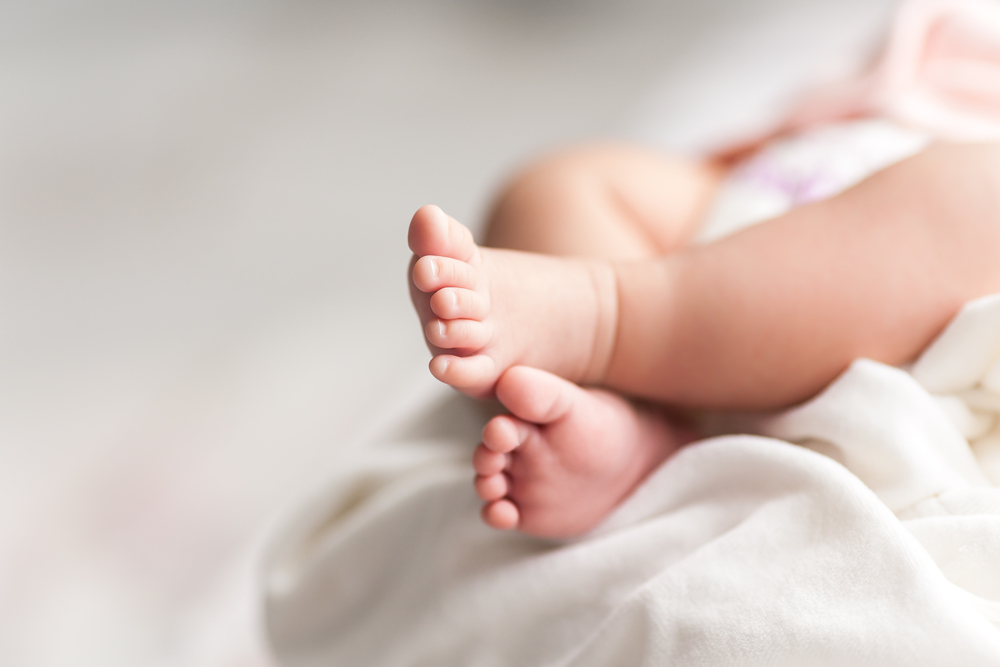Neonatal Hyperbilirubinemia is a condition that means an elevated serum bilirubin concentration, causes jaundice, a condition that is characterized by a yellow discoloration of the skin and eyes. The serum bilirubin level that can cause jaundice varies directly with skin tone and body region.
However, jaundice becomes typically noticeable on the sclera at a level of 2 to 3 mg/dL or 34 to 51 mmol/L and on the face at about 4 to 5 mg/dL or 68 to 86 mmol/L respectively. With growing bilirubin levels, jaundice might start to show from the head-to-foot direction, recognizing it at the umbilicus at about 15 mg/dL (258 mmol/L) and the feet at about 20 mg/dL (340 mmol/L). Furthermore, in some infants, serum bilirubin levels might increase excessively, which can be considered alarming because unconjugated bilirubin is neurotoxic and can be fatal in newborns and lifetime neurologic sequelae in infants who luckily survived.
Moreover, an infant whose blood type isn’t compatible with that of their mother can develop a gradual increase of antibodies that can wreck their red blood cells and cause a sudden rise in bilirubin levels.
Thus, this article swirls around the facts about neonatal hyperbilirubinemia and will help the readers understand how the causes, types, diagnosis, and treatments work.


